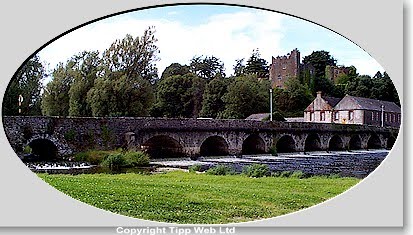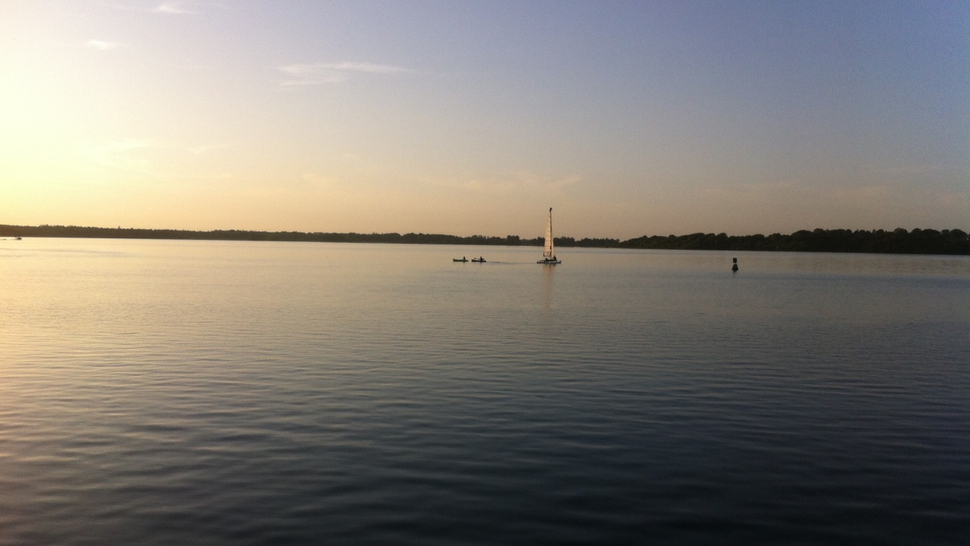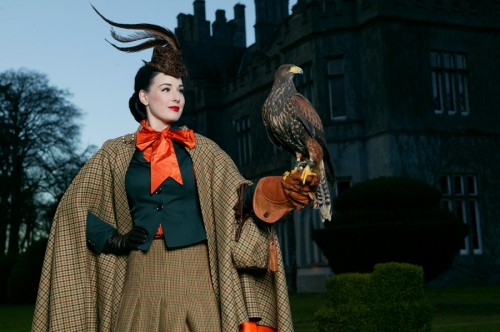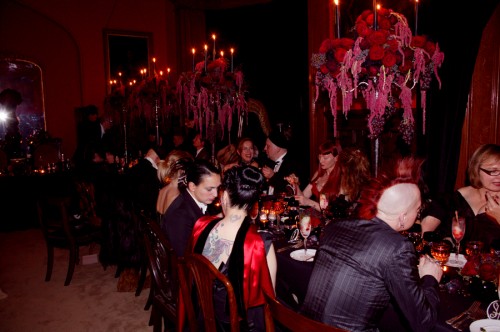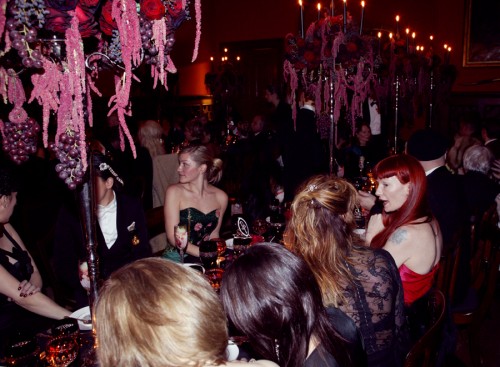In the days before books and printing, there were people called seanachai or storytellers. These folklorists made their living by traveling from village to village and telling stories. Sometimes their tales would be from the great volume of folklore that makes up the mythology of Ireland and other times they’d just use local gossip and stories from neighbouring townslands. They were always entertaining and well received by the locals
The wonderful part is that centuries later, when Gaelic was being systematically suppressed, people calling themselves seanachai would travel from town to town seemingly for the sole purpose of carrying on the ancient tradition of telling stories. At night they would loiter in the pubs and tell their stories but during the day they would gather the children, lead them off into the countryside to teach them the Irish language and culture in secret. These were called "hedge schools" because the class was held under the cover of the hedges
http://theirishinstories.com/826how-to-tell-a-story-the-seanachai-eamon-Kelly
Take the time to watch this clip of Eamonn Kelly renowned seanachai and his colourful Kerry accent
Eamon Kelly (1914–2001) was an actor and seanchaí* from the south-west of Ireland
